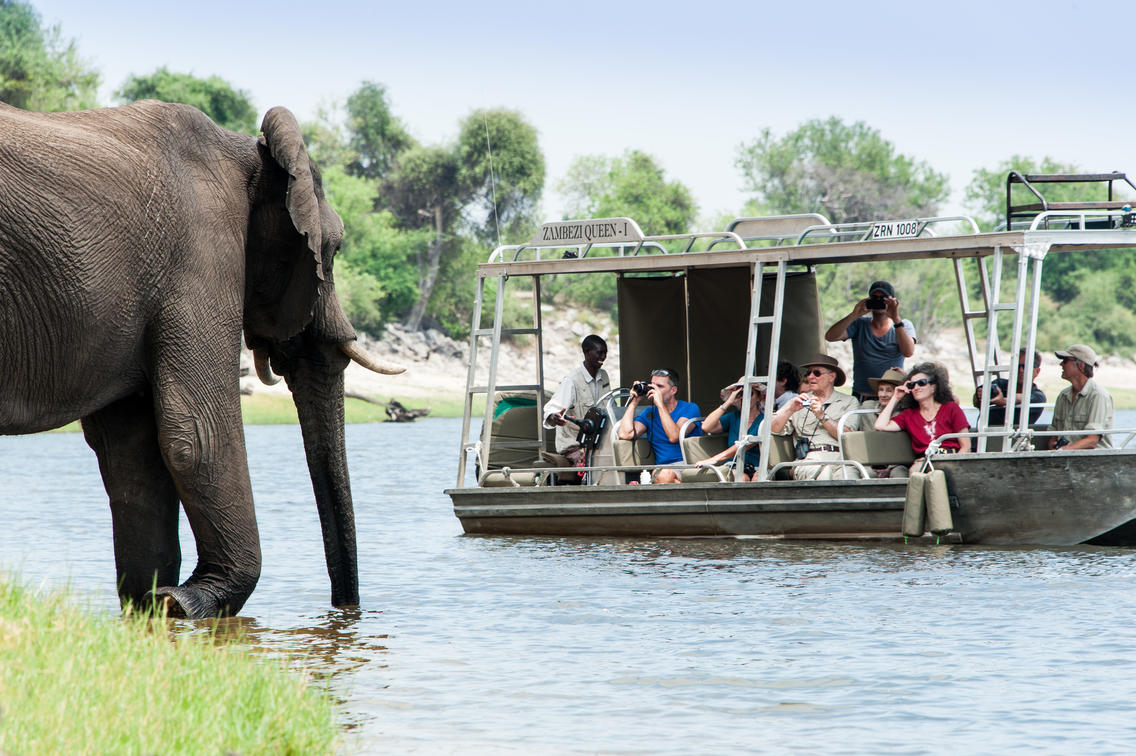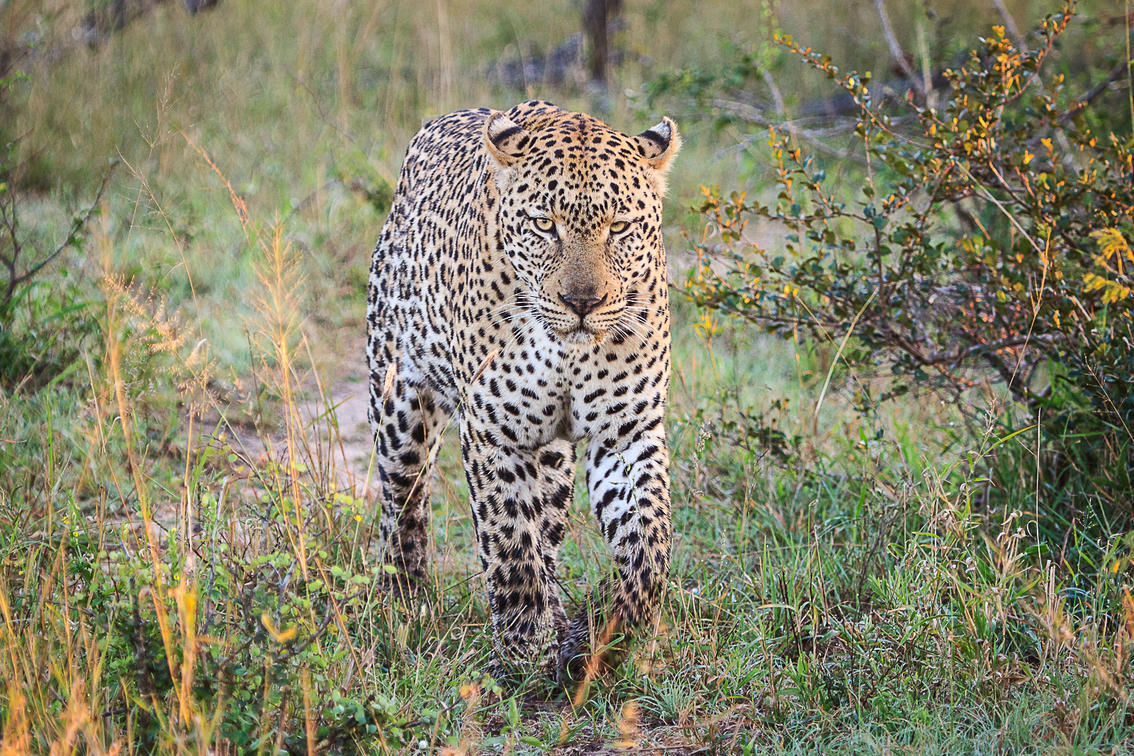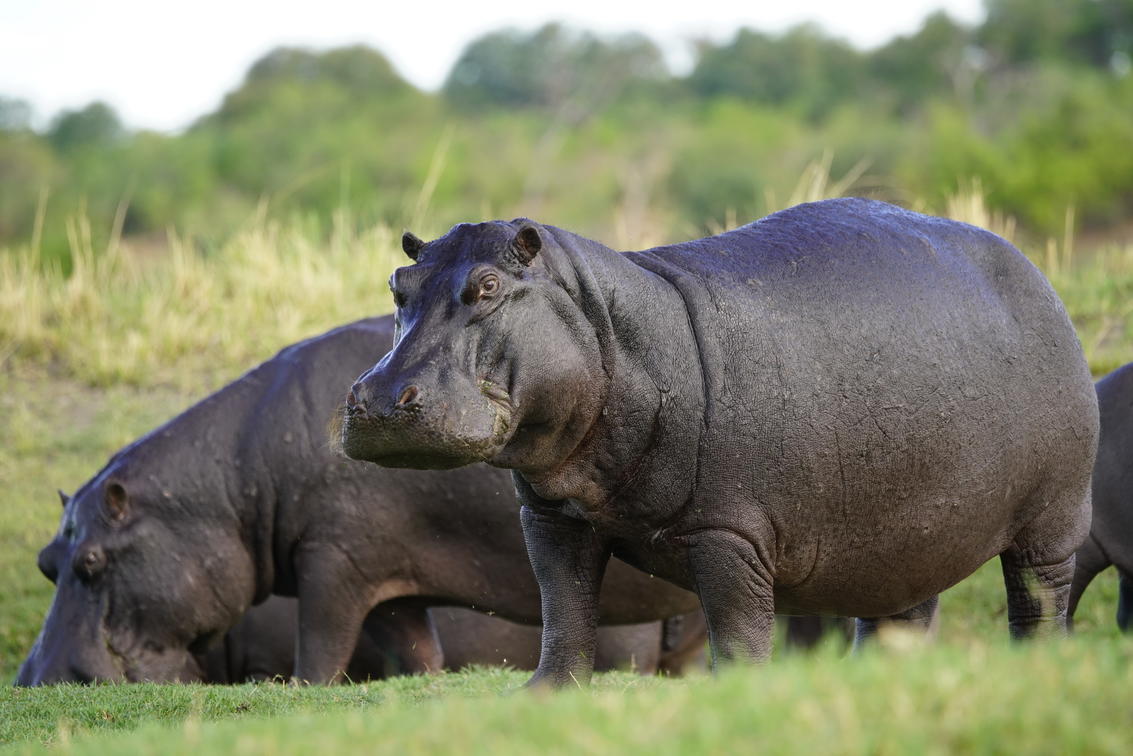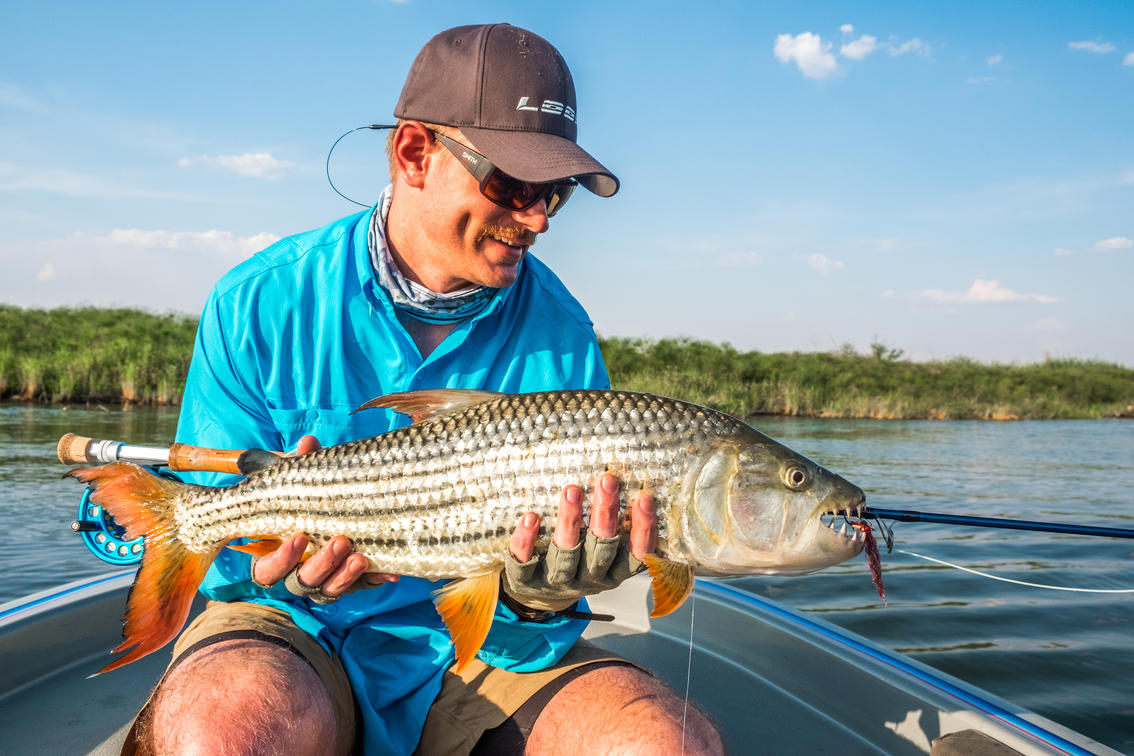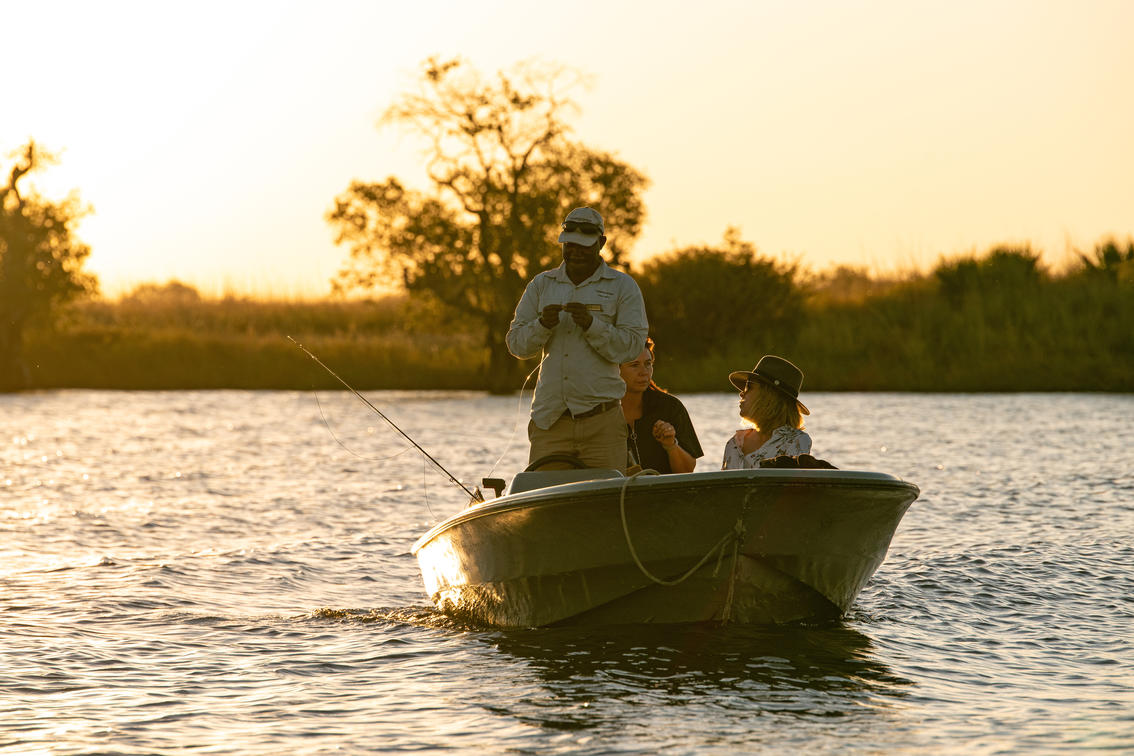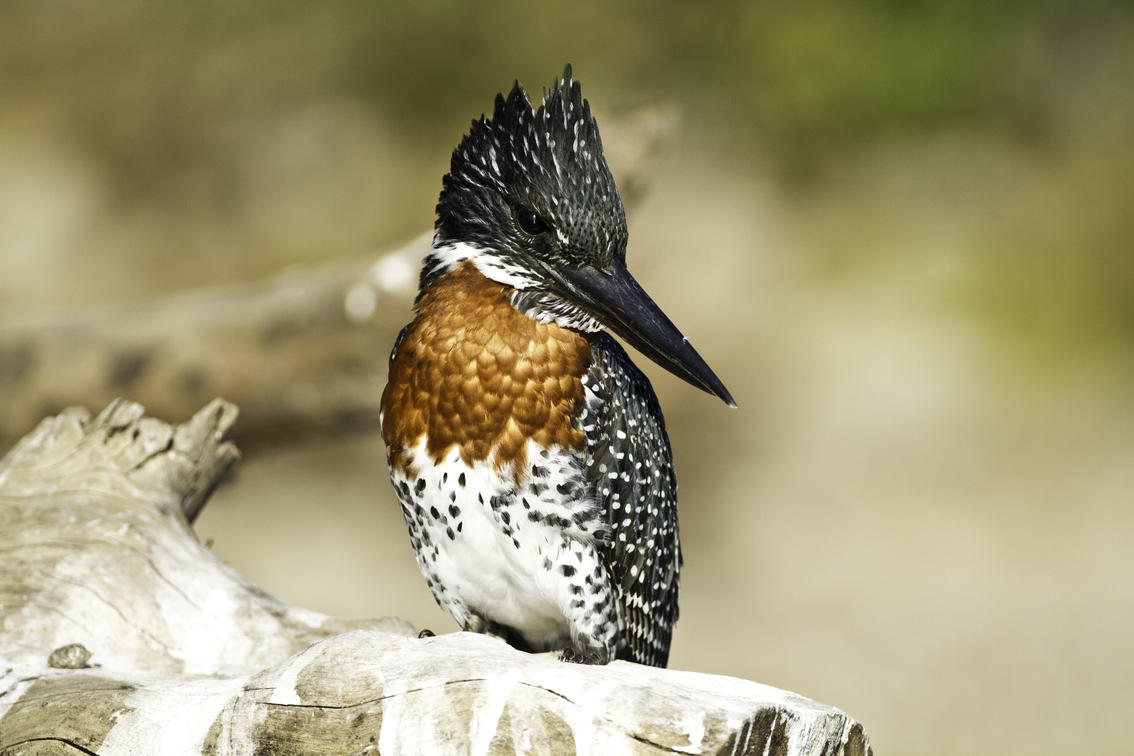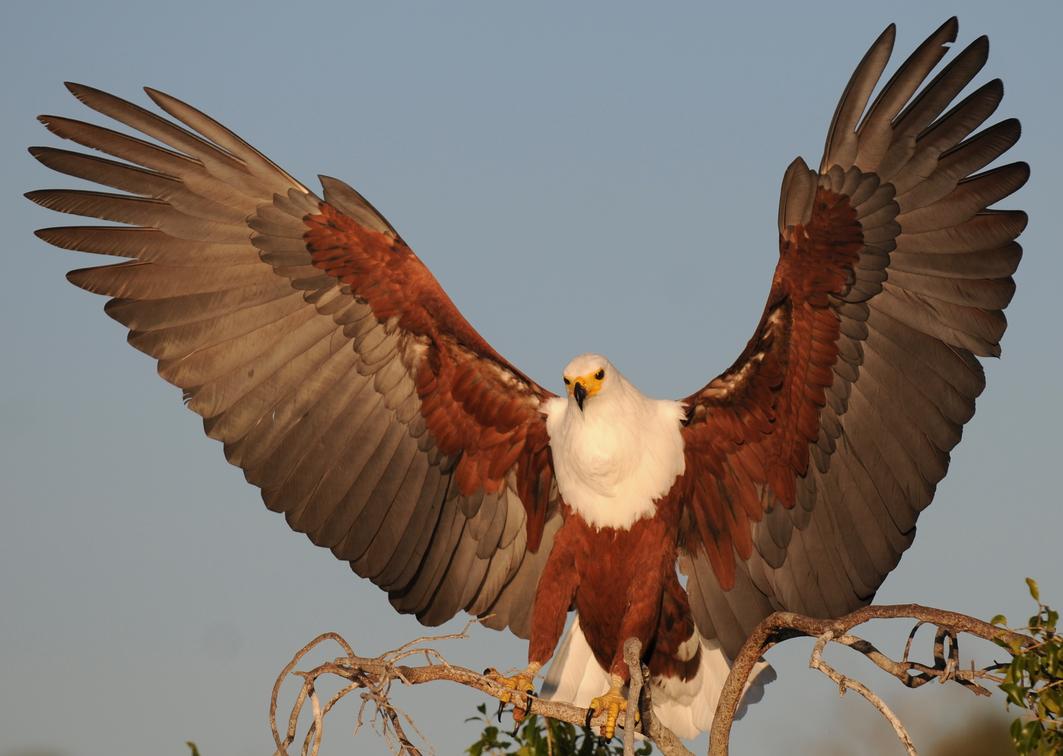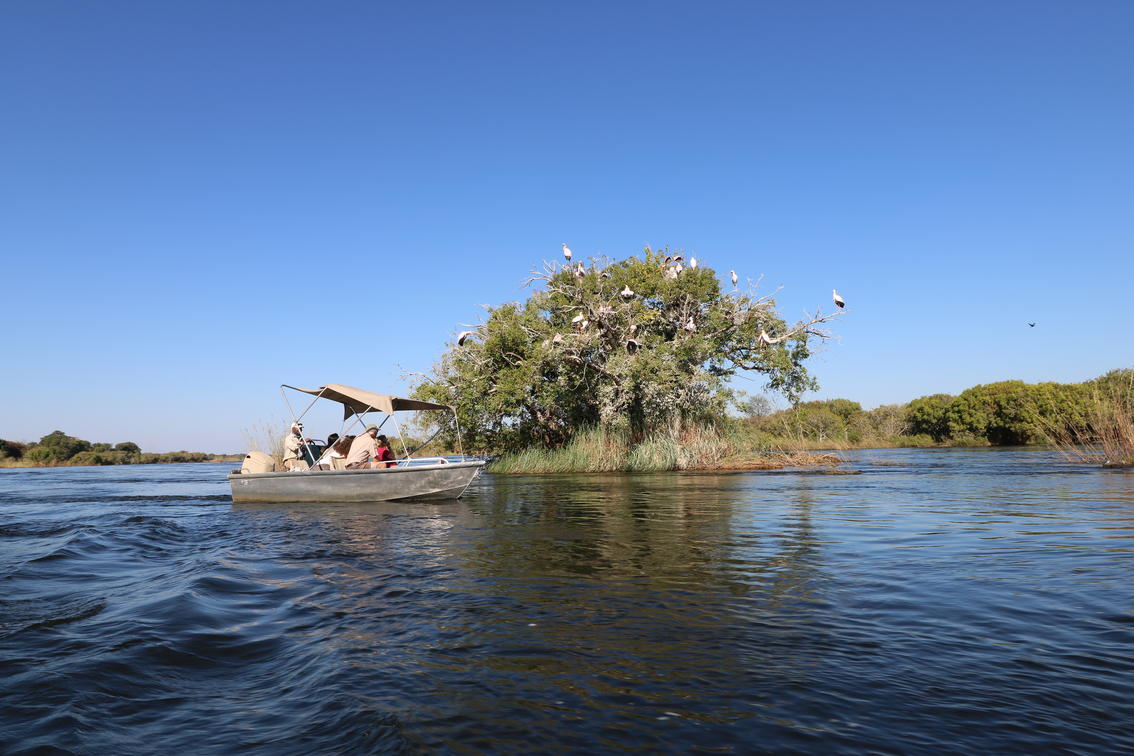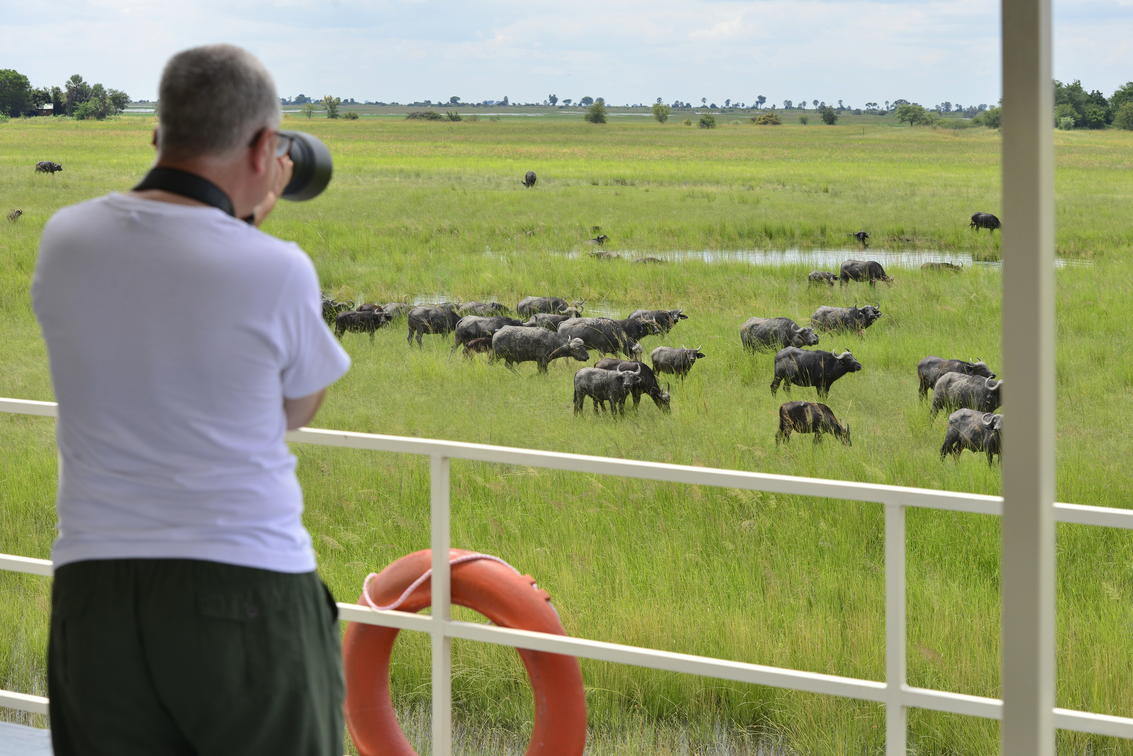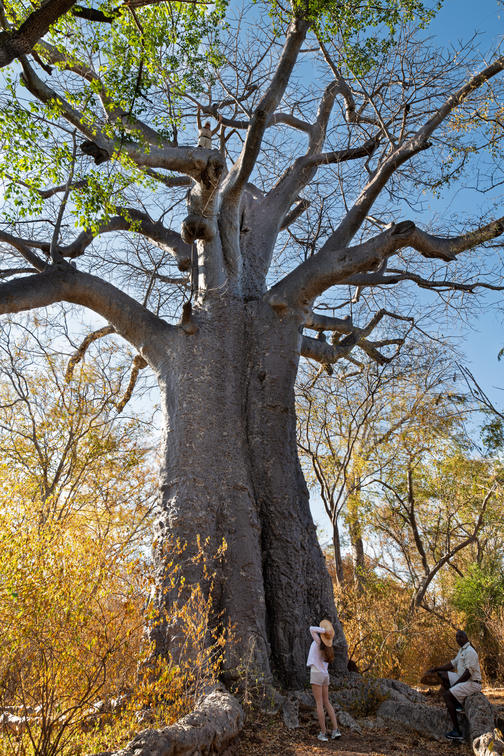Ichingo Chobe River Lodge by Mantis

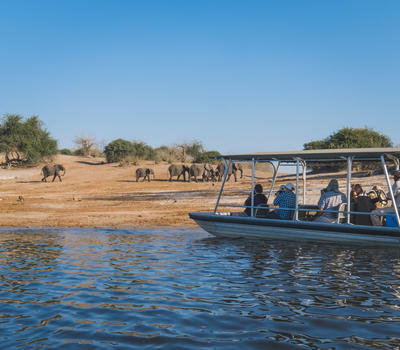
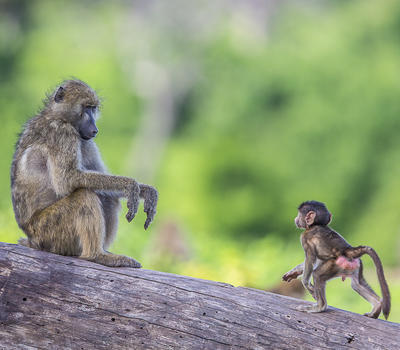
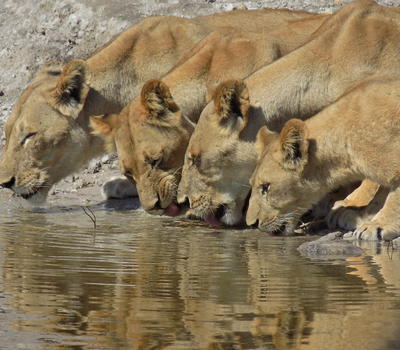
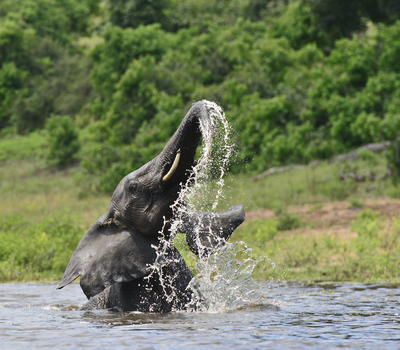

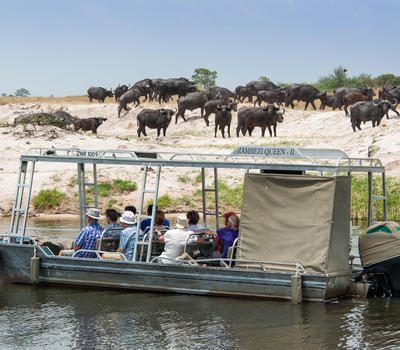

Water-based game viewing
Situated in the heart of the Chobe region with access to river frontage of the Chobe National Park, we also offer water-based game drives by tender boat, allowing you to experience the enormous diversity and concentration of wildlife up even closer.
Game viewing on the Chobe River is at its most exceptional from March to November when the weather is drier and the animals are more mobile as they search for food and water. Summer and spring also offer unique opportunities though, as you watch the landscape burst into life after the first rains of the season. Catch sight of huge herds of elephant as they swim across the water, as well as buffalo, lion, crocodile, lechwe, puku, giraffe, zebra, sable, kudu and the occasional leopard as they gather to quench their thirst at watering holes. Besides animal life, you’ll also see a huge variety of birdlife and plant life as you listen to the sounds of a hippo grunting and breathe in the sweet smell of African grass.
The Chobe is known as a photographer's paradise and for good reason. The soft early morning light and the sunsets at dusk, combined with striking animal behaviour, make for dramatic and unusual photo opportunities. Before your game viewing excursion, remember to apply sunscreen and wear a hat, as temperatures can reach over 40 degrees centigrade. You should also bring along a jacket for the chillier temperatures in the early mornings and evenings.
Enjoy the ultimate in game viewing safari decadence as you sip on a drink and cruise along the river in one of the most diverse ecosystems on the planet.
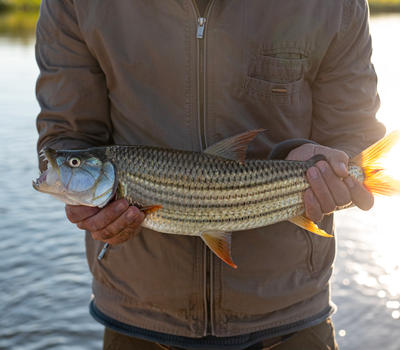
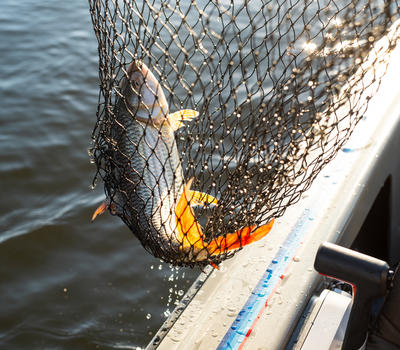
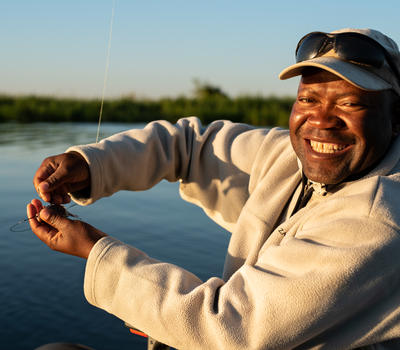
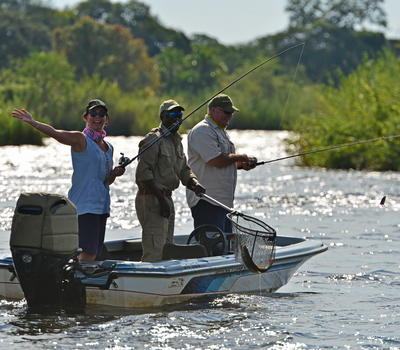
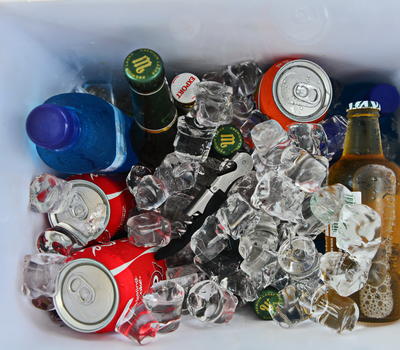


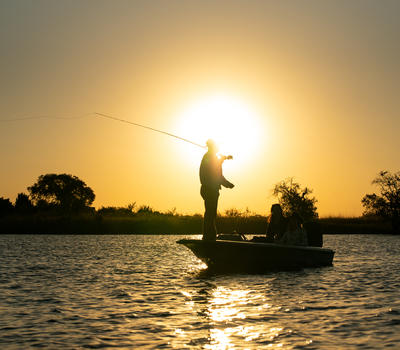
Fishing
No trip to the Chobe is complete without trying your hand at a fishing safari where if you’re lucky, you may even catch a tiger fish. One of the greatest fighting fish in the world, the tiger fish is the most sought after prize of these waters and is known for its ferocious spirit. It's not all about tiger fish though. You may also hook one of the many bream species, African pike, tilapia, catfish or upper Zambezi yellowfish as you explore over 100 kms of the Chobe and Zambezi rivers, as well as the winding Kasai Channel and thrilling Chobe and Mambova rapids.
We offer both conventional equipment as well as flyfishing equipment for our fishing safaris, because we know that the area is renowned worldwide for its flyfishing. We supply rods, flies, lures, lines, leaders and reels and all equipment is included in our rate.
Because of our unique location, we offer excellent fishing safaris all year round – from the annual floods starting in March to the feeding frenzies in the winter months. Our highly knowledgeable guides, the tackle and bait we supply as well as well stocked cooler boxes make fishing in Africa an experience to remember. Land an eight pounder or more and earn bragging rights for years to come, as you enjoy a fishing trip that's second to none.
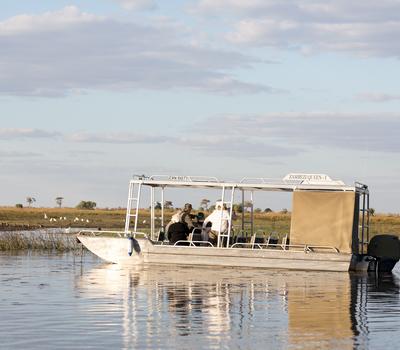
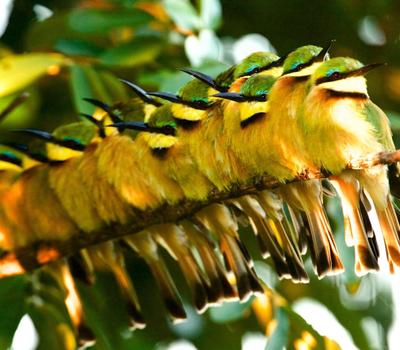



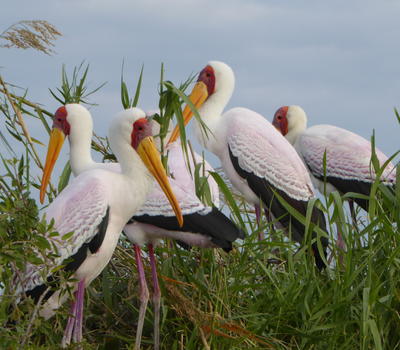
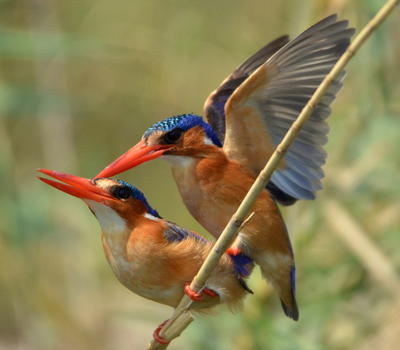

Birding
With over 450 species, a mix of terrains and a dramatic African backdrop, the Chobe River is the perfect setting for a highly rewarding birdwatching safari. Birding season starts in September, when the first migrants arrive, boosting the bird population sometimes by 20% compared to the winter months. From December through to March birdlife on the Chobe is extremely busy and the colourful breeding plumage on display is an extraordinary sight.
Experienced birders and even eager amateurs will delight in spotting distinct birds such as African skimmers, rock pratincoles and the African finfoot, either through their binoculars or with the naked eye. Having access to your own knowledgeable guide and tender boat lets you spend many hours on your birding safari also viewing cattle egrets, fish eagles, open-billed storks, lesser-striped swallows, pied kingfishers and the striking carmine bee-eater. The slow drift of the tender boat means that you won’t disturb the peaceful silence and can also get up close to the birds and observe their fascinating behaviour.
Sit patiently and absorb the beauty around you and soon you’ll be rewarded with a unique sighting that you’ll want to photograph. Because you’ll have access to the Chobe National Park and the Caprivi wetlands, you’ll get exposure to a wide variety of species you may have never seen before. The distinct sounds of the call of an African fish eagle mingling with the grunt of hippos will stay with you long after your Chobe River birdwatching safari is over.

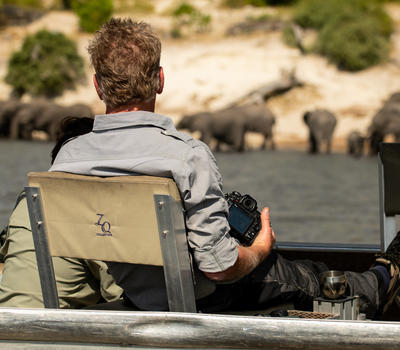
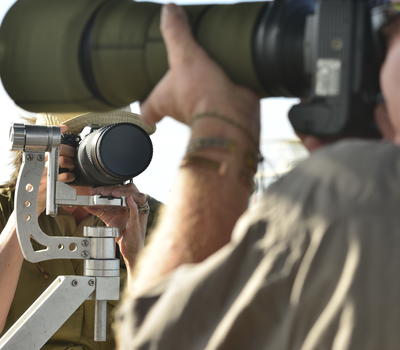
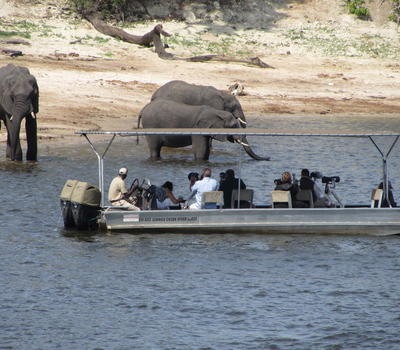
Photo safaris
Uninterrupted access to wild animals. Absolute silence. Golden light. The Chobe River is an unforgettable photographic safari destination, and one of the wildlife photographers’ hotspots in Africa. To help you capture that perfect moment, our custom-designed photographic safari boats are available on request and cater for 6 clients in individual photographic seats. The boat contains custom-designed swivel chairs that give you greater stability and 360-degree views for a wider range of subject matter. Every seat is equipped with a mounting for resting SLR cameras of all types and you’ll get your own experienced safari guide who’ll help you find that perfect shot.
Bring your own photographic equipment as we don’t supply this - the optimal lens to bring is an 80 - 400mm zoom. Because this is a water-based safari, you'll be able to take unique shots in a safe environment, being able to view the animals in the Chobe National Park surrounded by that magical golden light Africa is renowned for. Tea and coffee will be offered in the morning during the winter months and soft drinks, local beers and wines will be served in the afternoon. Light snacks are also served during your excursion, providing you with a photographic experience that's also about pure comfort.
Departure times are early morning and late afternoon and the safari takes three hours. Please let us know at the time of booking your holiday if you’d like to use our customised photographic safari boat. Capture your stay with breathtaking photos of the unique African landscape and the wild animals that surround you.

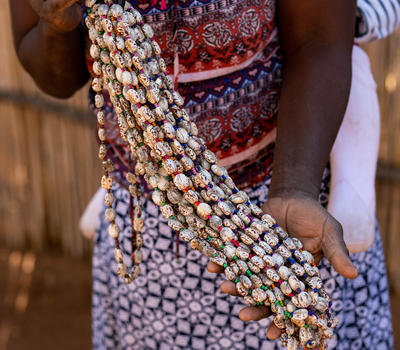
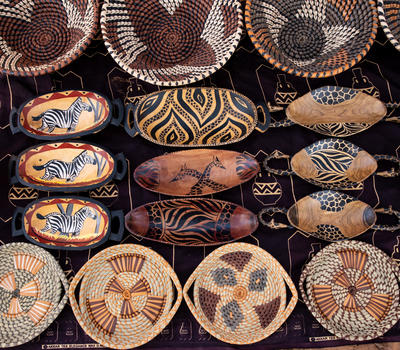

Cultural tours
One of the best ways to learn more about a country is to experience its culture. A village tour will take you by tender boat to a local Namibian village called Ijambwe, situated on the floodplains of the East Caprivi. Meet village elders and locals and gain a greater understanding of how the inhabitants of this 100-year old village live, including their daily challenges and traditions.
Wear a large sun hat and apply sun lotion, bring a bottle of water with you and wear comfortable shoes. You’ll start by taking a slow, non-strenuous but sandy stroll through the village as you snap a few photographs and meet the Headman of the village as well as his children. The men of the village either fish to provide meals for their families, while the women and younger children perform the chores and produce handmade crafts. Pick up a woven basket, beaded jewellery or a carved wooden animal as a memento from your trip – sales of these crafts empower village inhabitants by helping them earn a living. If you want to give the children of the village gifts, bring along school stationery, books or clothing – all will be highly appreciated. Finally, enjoy a display of traditional dancing and singing at the end and join in the fun!
Guests can also go on a walking tour to a 2000-year-old baobab tree where you'll learn more about the medicinal and spiritual value of Impalila Island’s flora. For our more adventurous guests, if you have the inclination to climb the tree, you’ll be rewarded with a bird’s-eye view of the meeting place of two rivers and four countries.
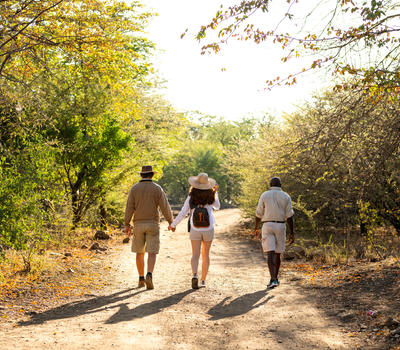

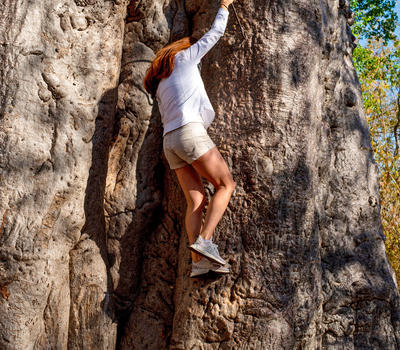

Baobab land outing
Discover one of Africa’s most ancient Baobab trees, otherwise known as the “Tree of Life”. Take a 6km walk through the scenic Impalila Island trails or by vehicle upon request. This remarkable Baobab dates 2000 years old, and if you dare, you can climb to the top where you are able to see the junction of four countries – Namibia, Botswana, Zambia and Zimbabwe.


